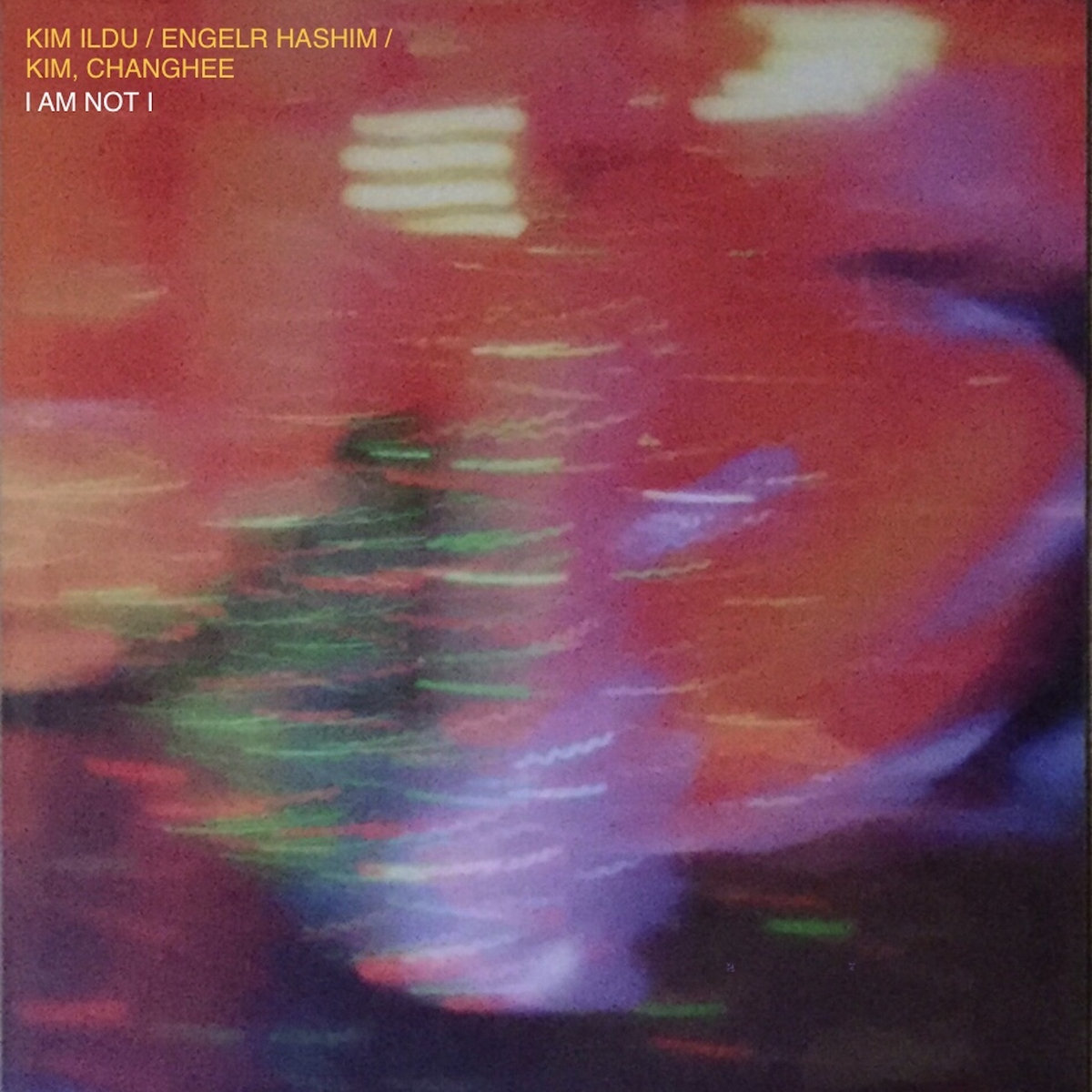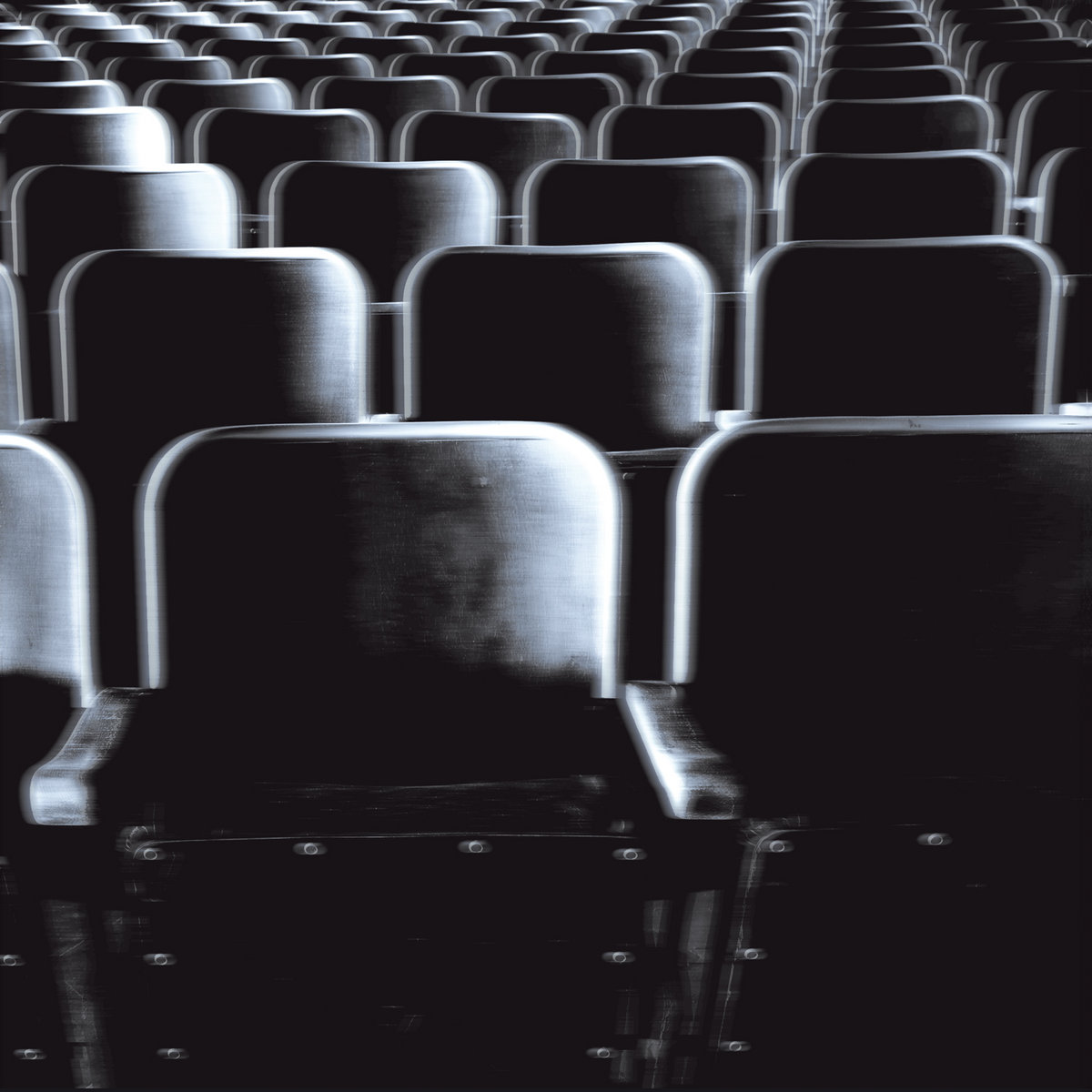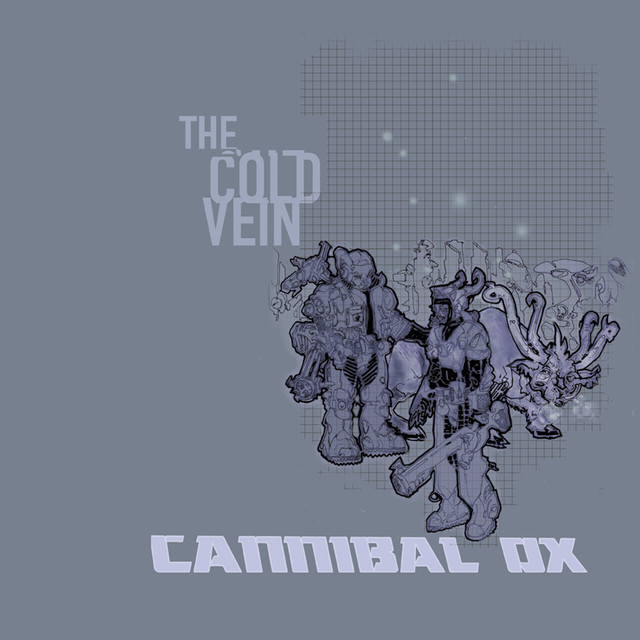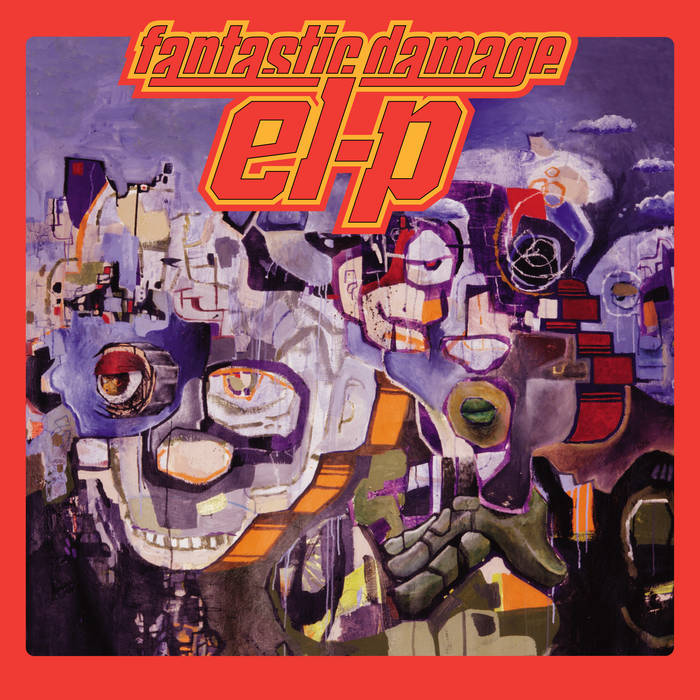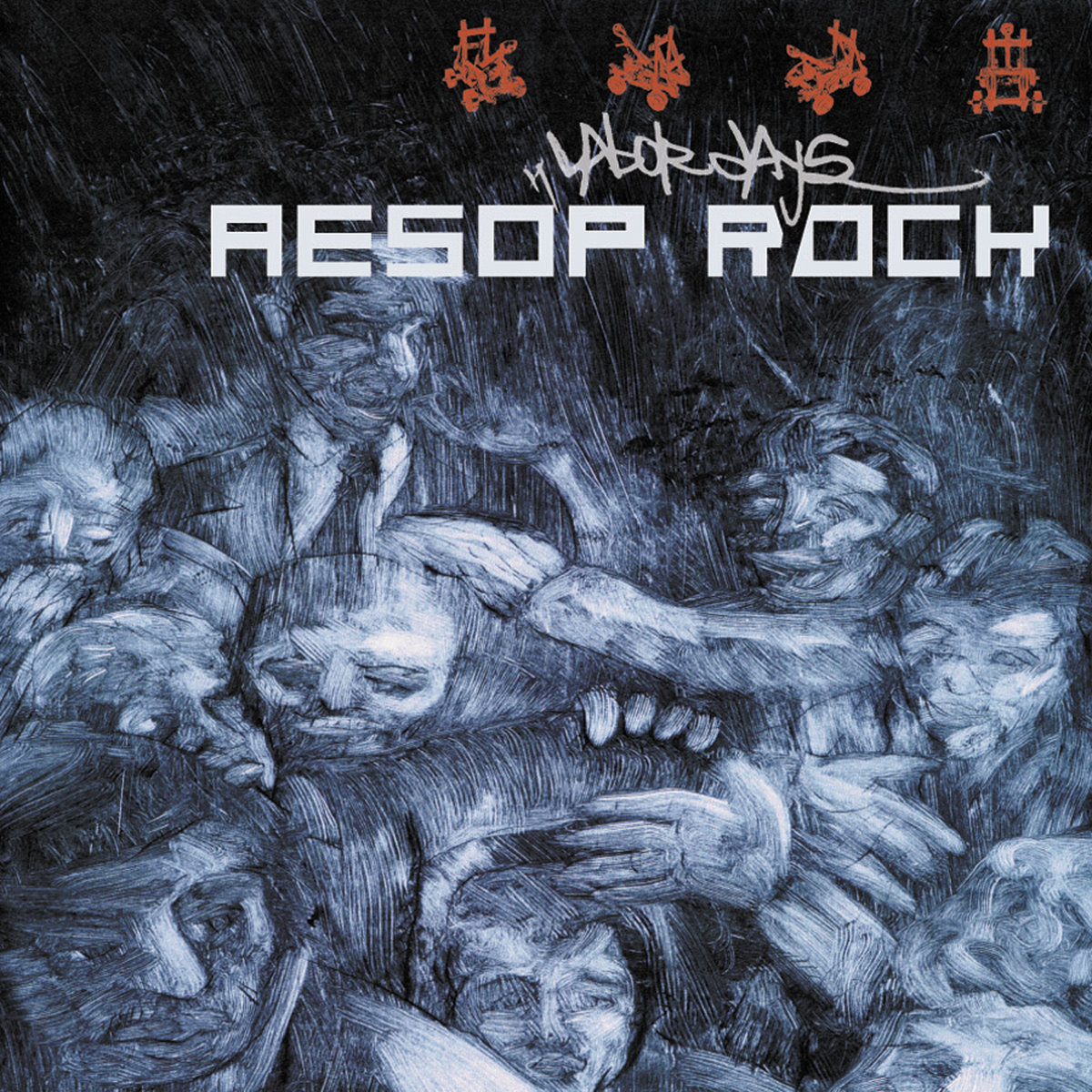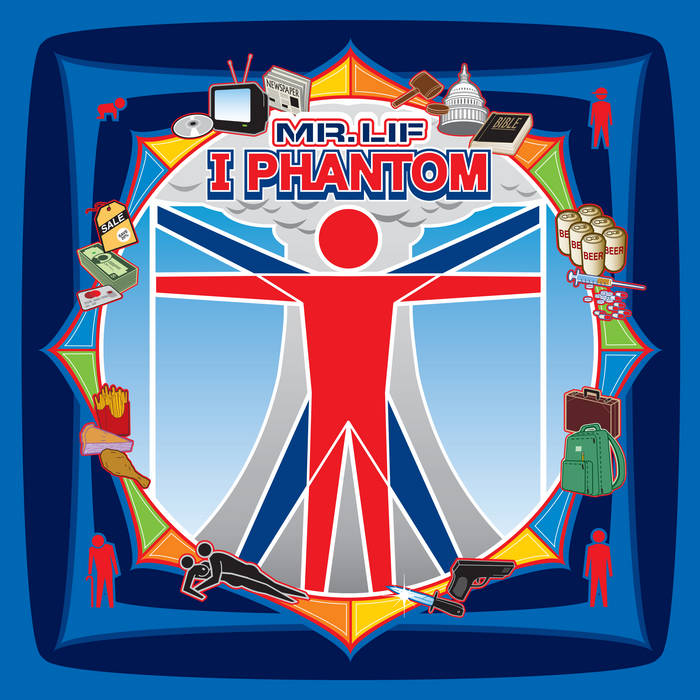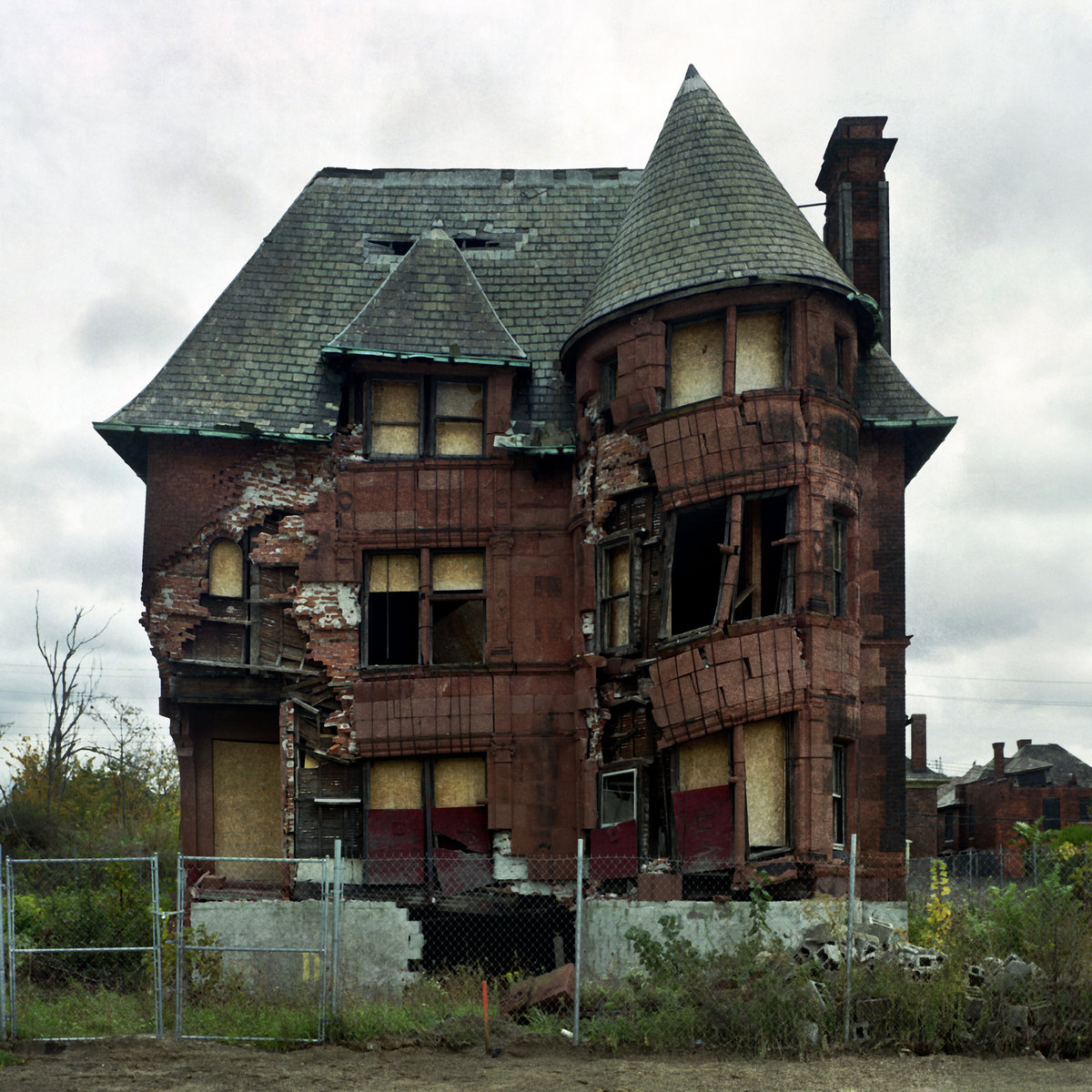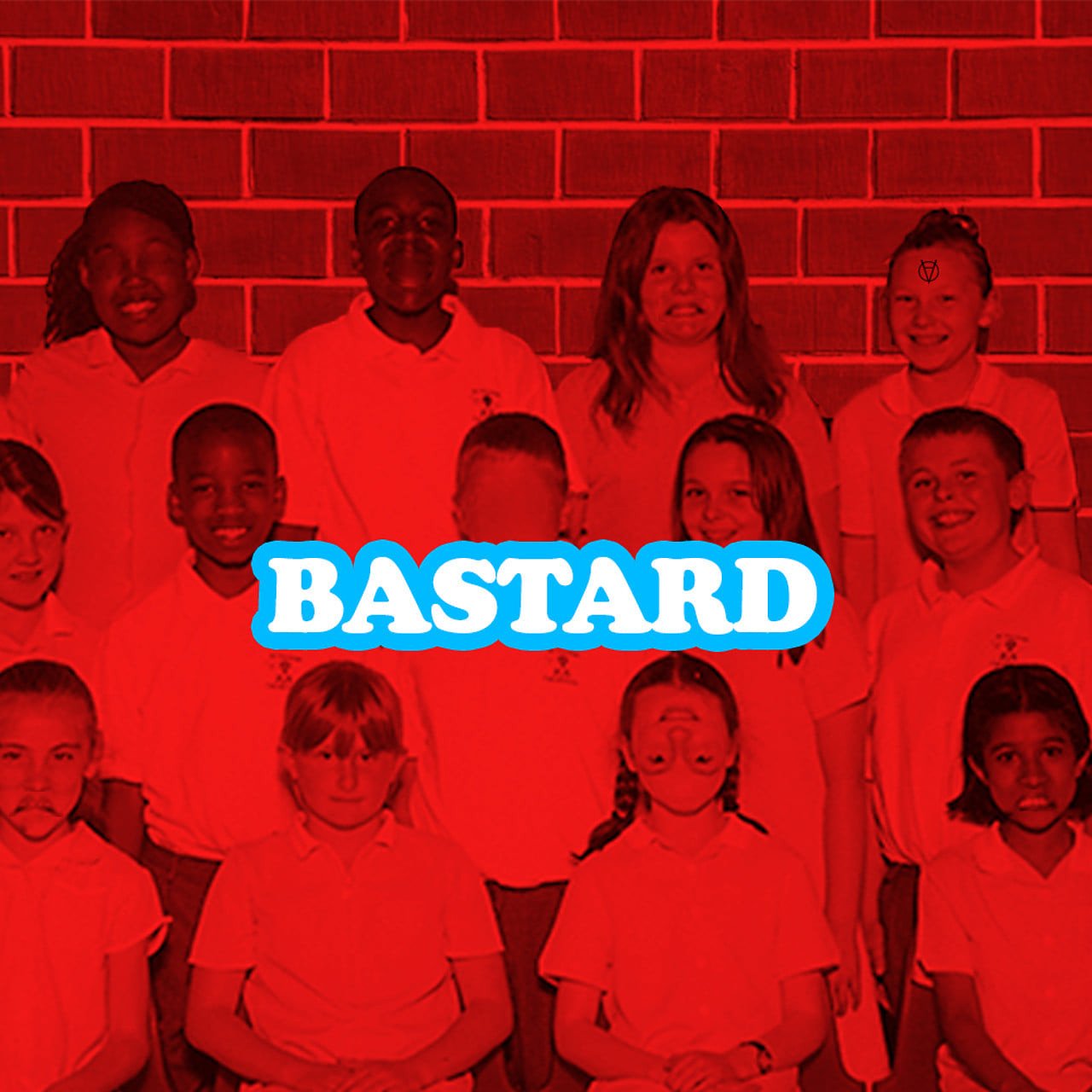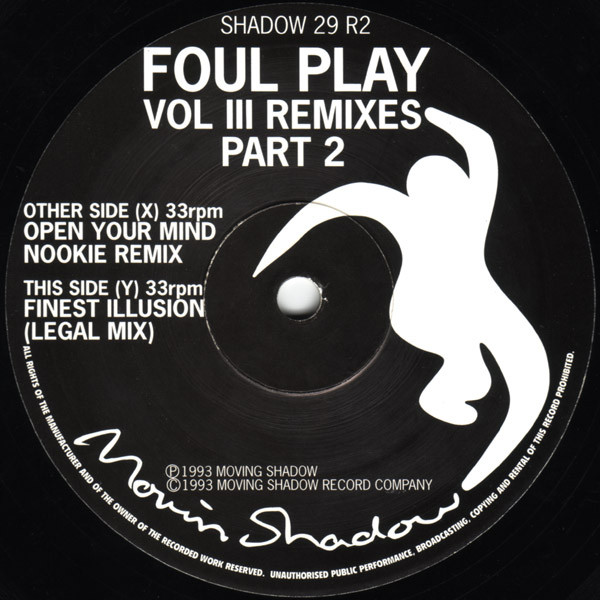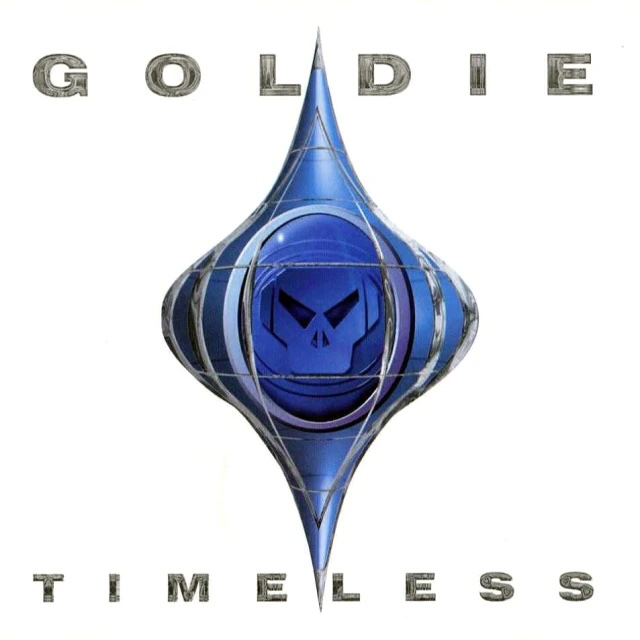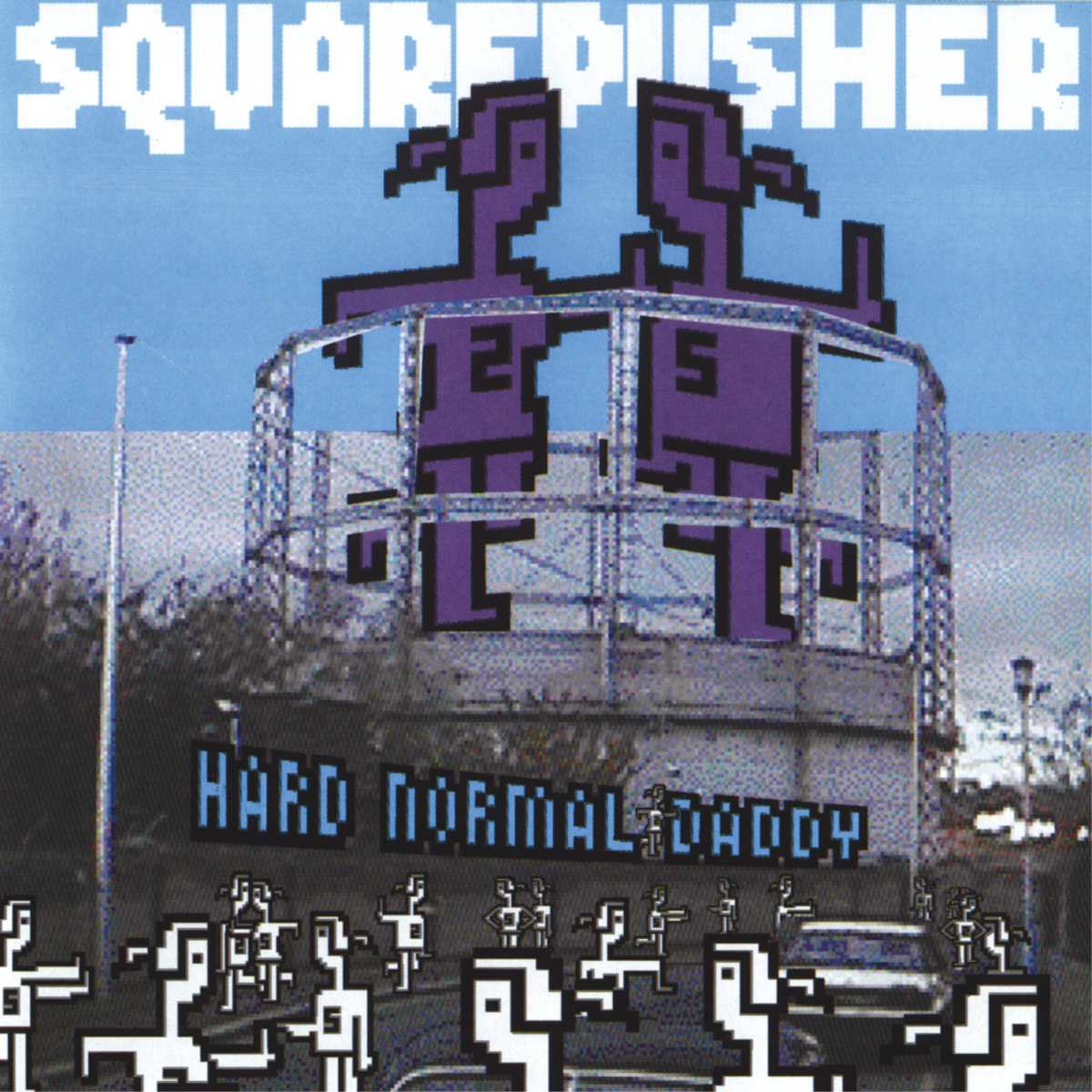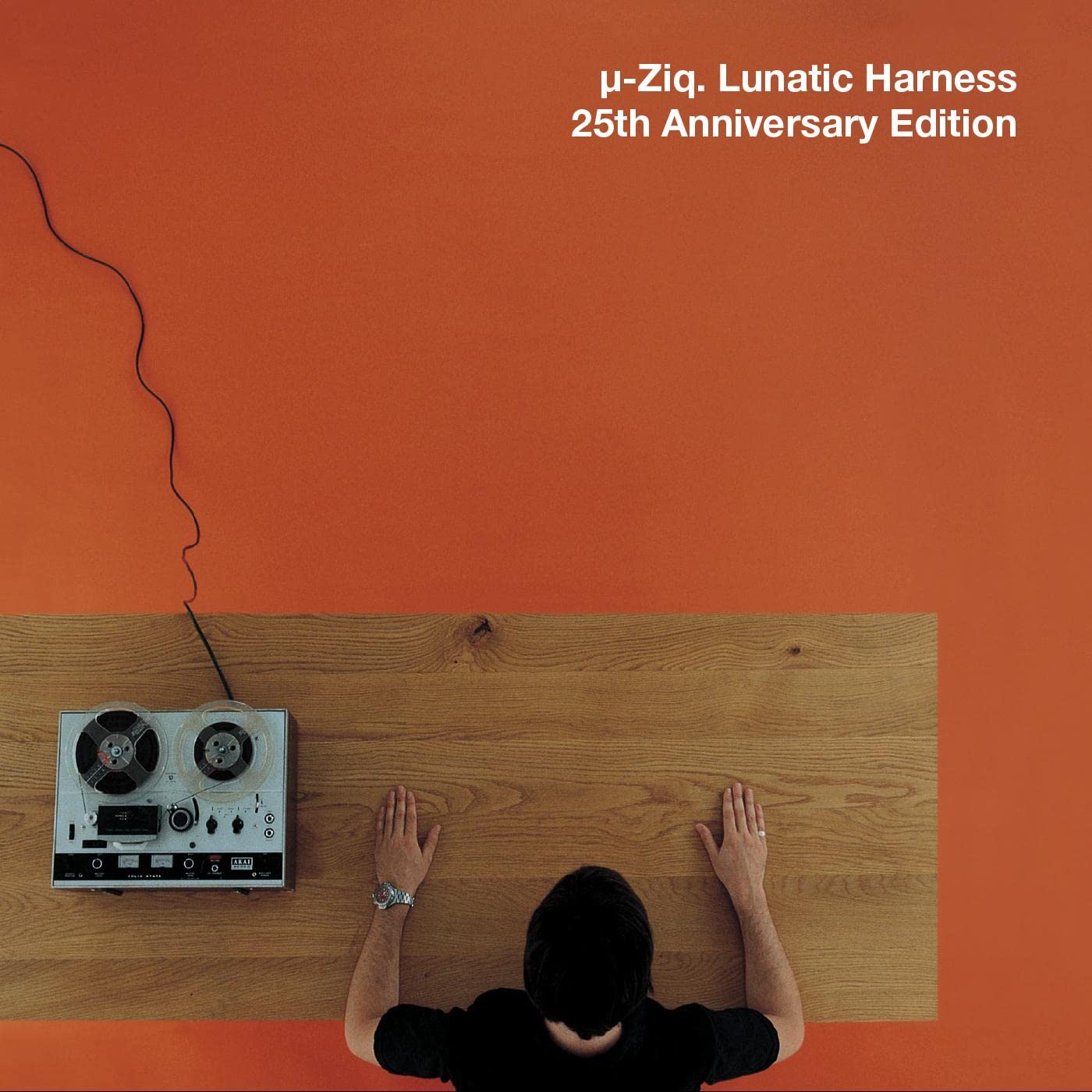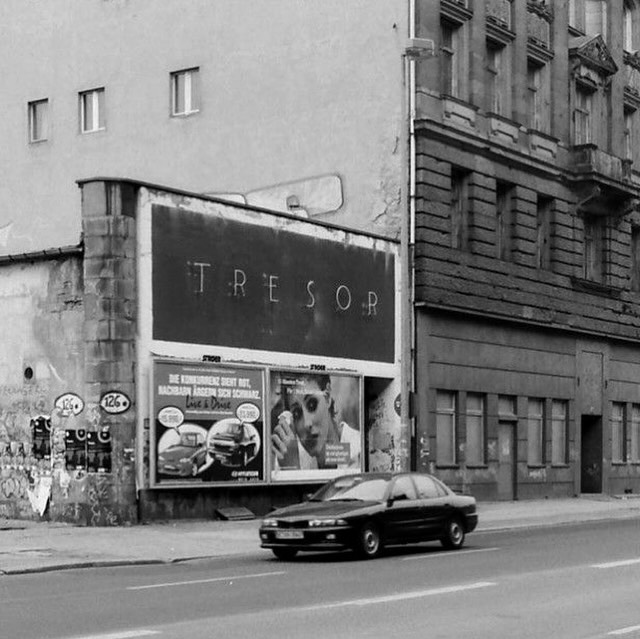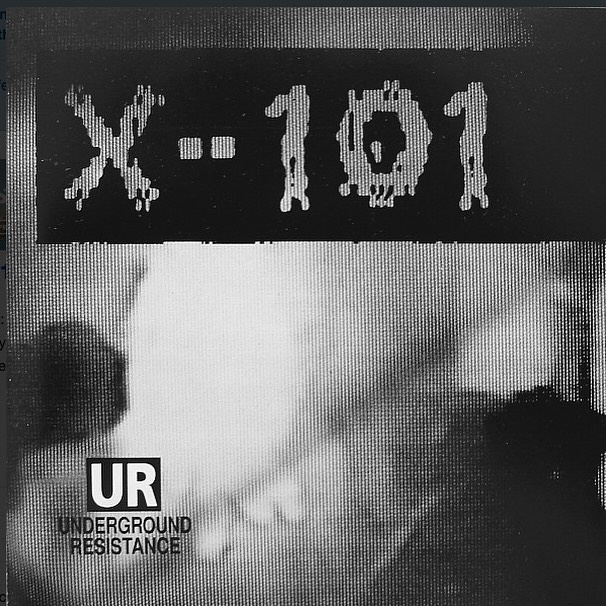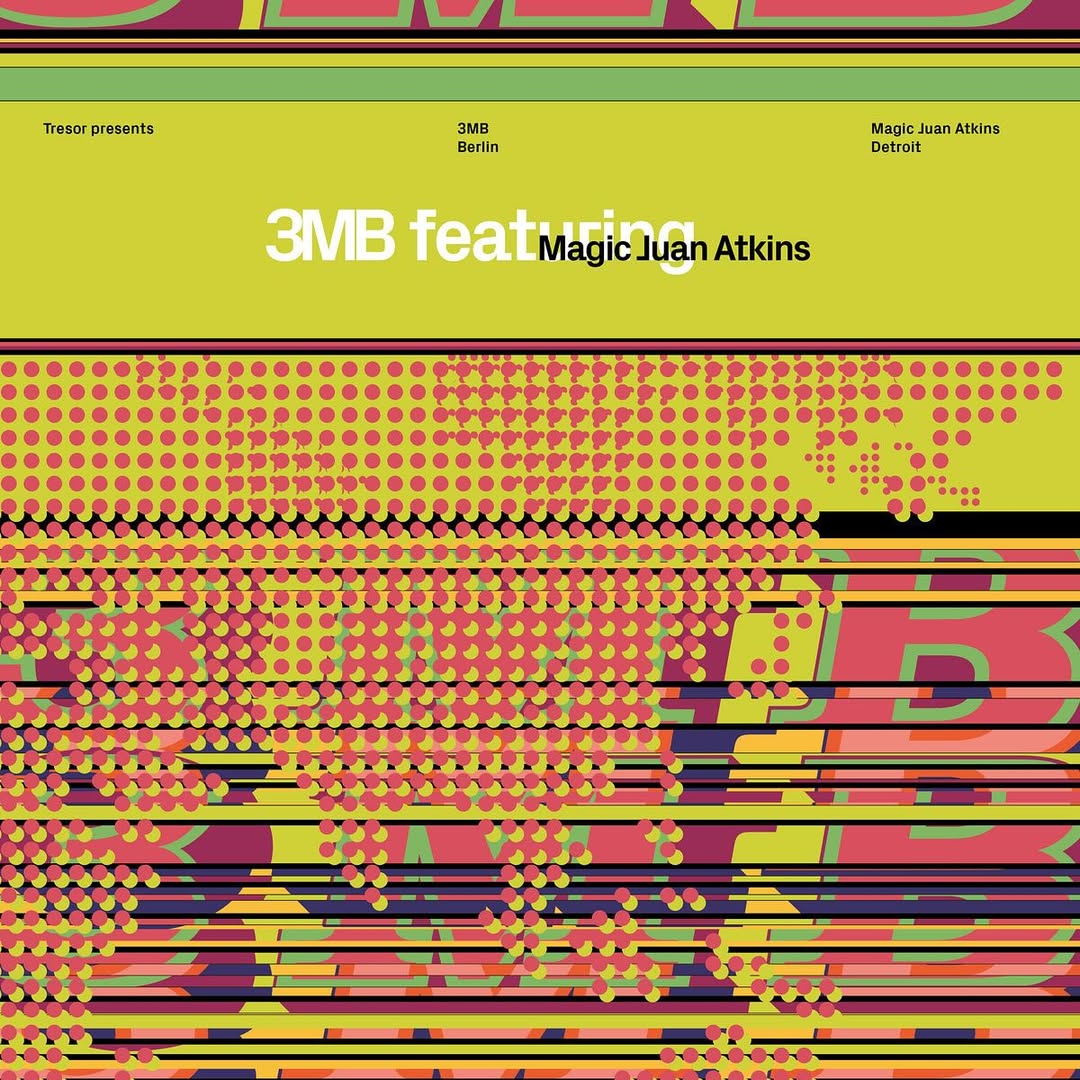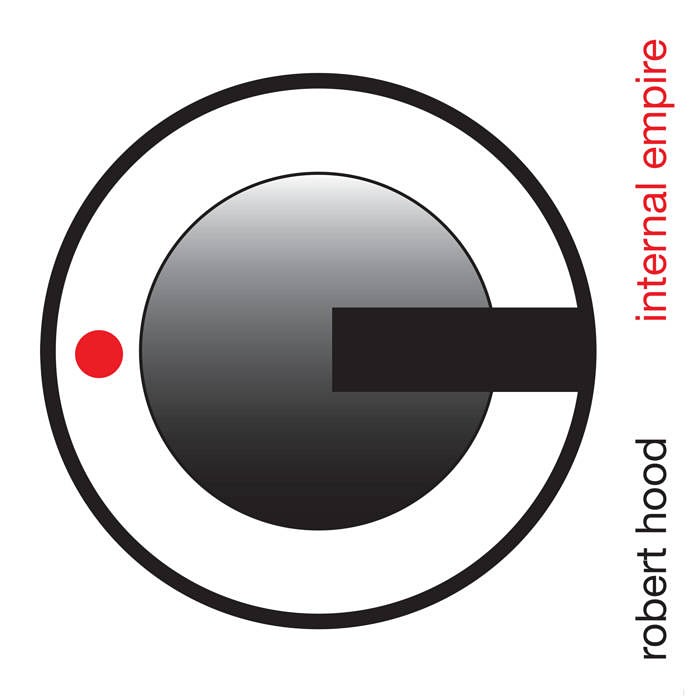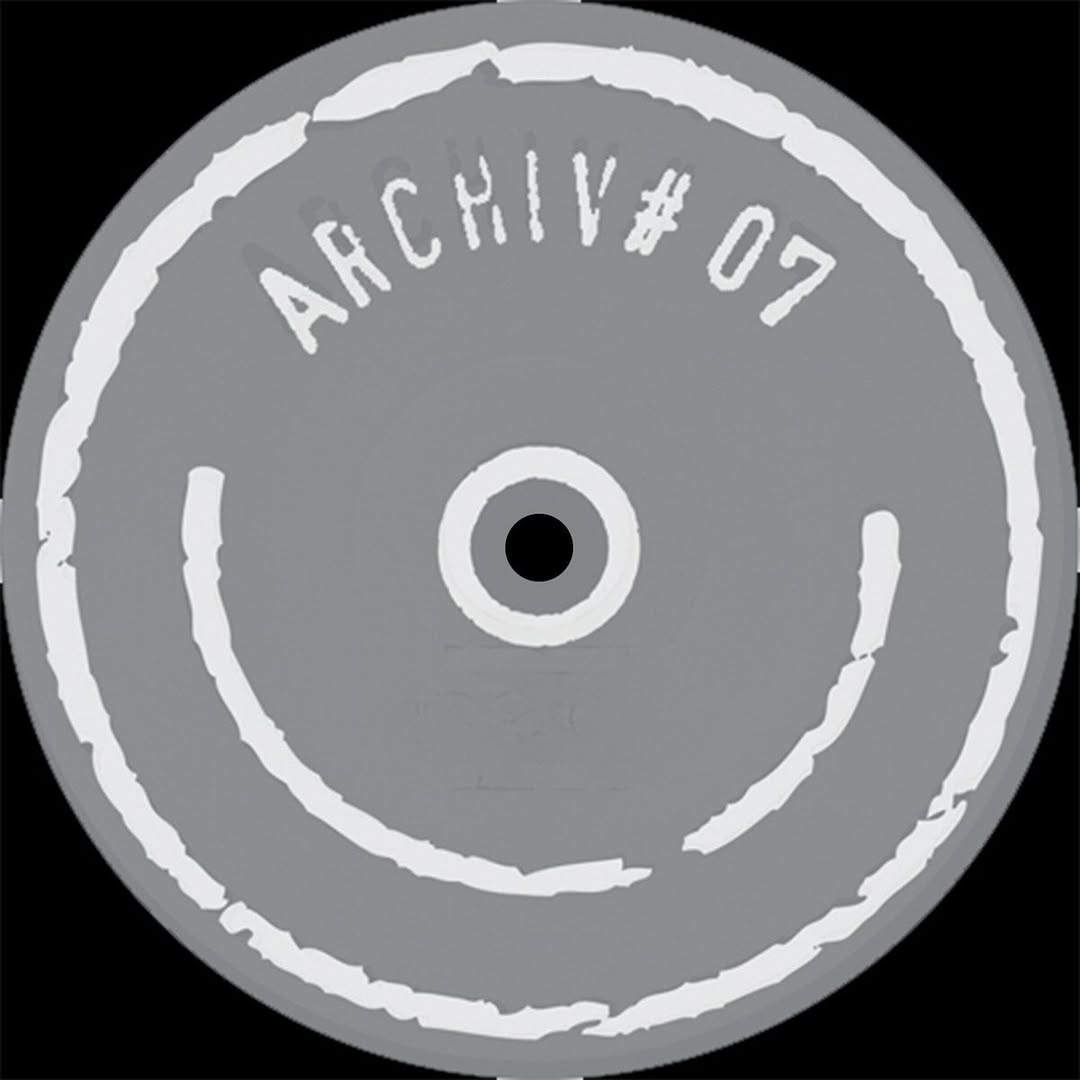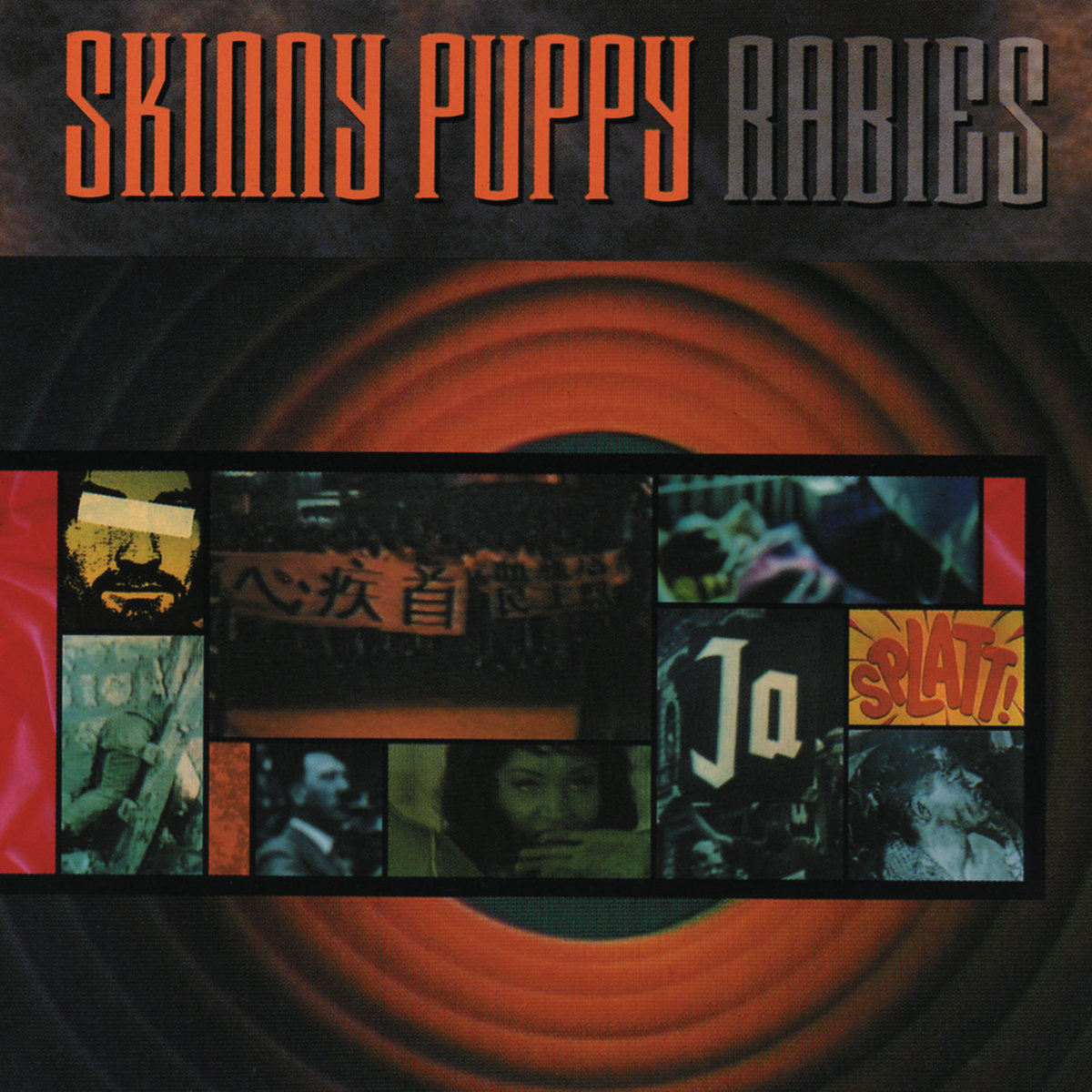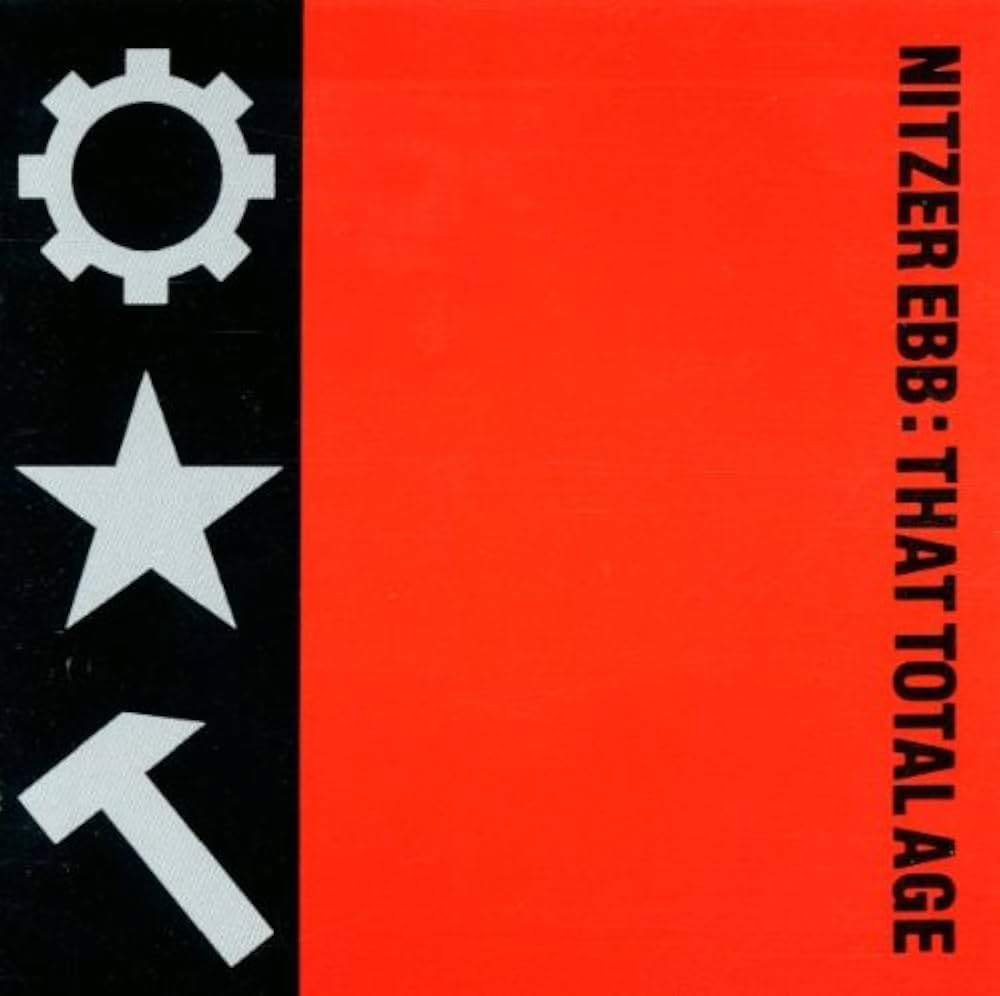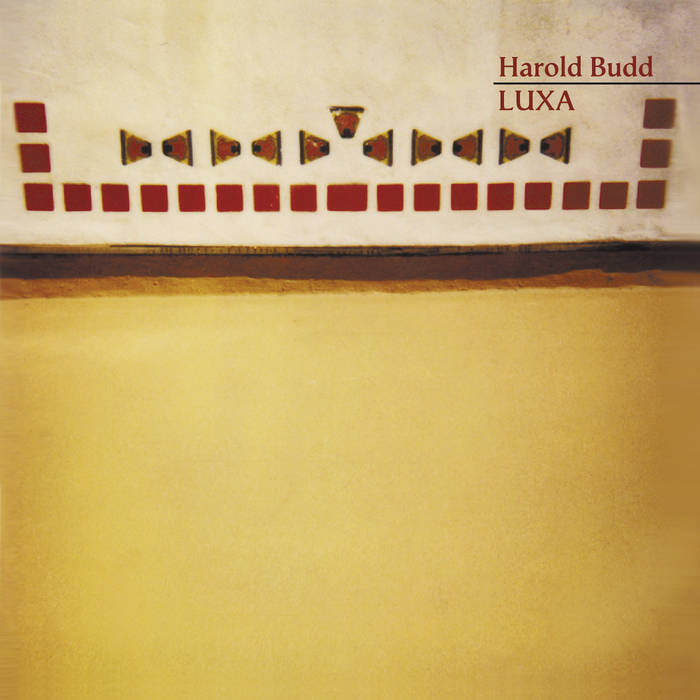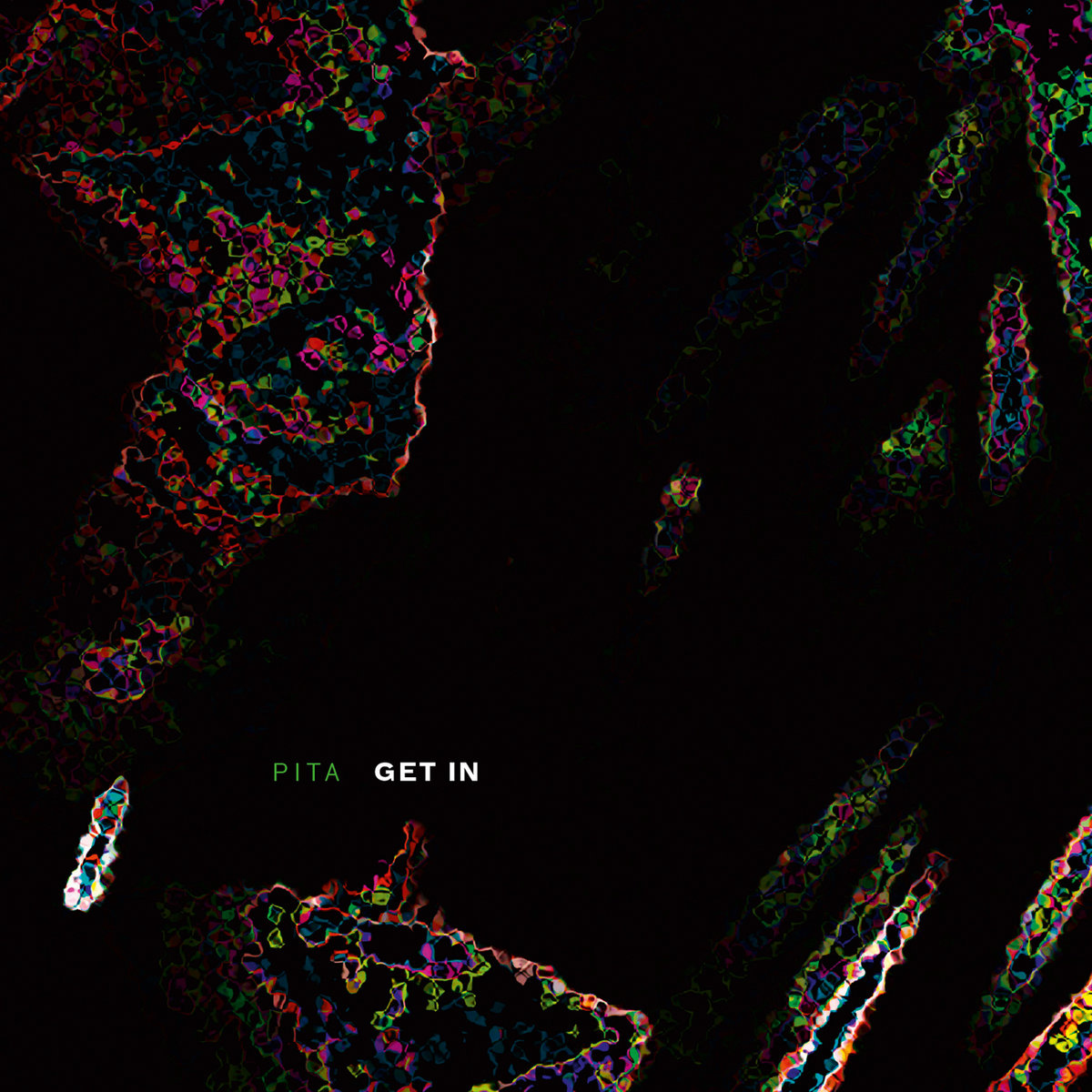
Pita - Get In [2016]
— 질서 바깥에서 울리는 감각의 조건
피터 레버그(Peter Rehberg, 예명 Pita)는 1990년대 이후 실험 전자음악의 흐름에서 가장 급진적이면서도 핵심적인 좌표 중 하나로 기억됩니다. 그는 노이즈라는 명칭에 갇히지 않는, 작곡가이자 큐레이터로서 소리의 물성, 감각의 경계, 그리고 존재의 균열을 끊임없이 사유해온 인물입니다.
런던에서 태어나 오스트리아 빈에 정착한 그는, 음악을 장르로 분류하고 규격화하려는 산업적 관성에 강한 회의감을 품고 있었습니다.
그에게 장르는 ‘작은 신발 상자’에 불과했으며, 소리는 그 안에 갇히지 않아야 한다고 믿었습니다.
그의 작업은 언제나 소리 자체의 물리성과 불안정성, 그리고 그로부터 파생되는 청취의 심리적 파열에 주목해 왔습니다. 그의 음악은 종종 “절반은 즉흥, 절반은 혼돈”으로 요약되곤 합니다. 이러한 접근은 무작위의 결과가 아닌, 예측 불가능한 흐름 속에서 청취자가 감각의 경계를 새롭게 인식하도록 설계된 구성적 실험이었습니다.
또한 그는 1995년부터 본인이 직접 공동 설립 및 운영해온 레이블 에디션스 메고(Editions Mego)를 통해 급진적 실험을 지속해온 수많은 동시대 작가들과의 청취 생태계를 조율해왔습니다. 이 레이블은 특정한 미학보다는 타협하지 않는 사운드 태도를 공유하는 장으로 기능해 왔습니다.
특히 ‘Get In’은 에디션스 메고에서 발매된 그의 12년 만의 솔로 앨범으로, 보다 밀도 높은 사운드 구성과 사유적 리듬으로 주목받았습니다. 폭발적인 에너지로 대표되던 초기작과 달리, 이 앨범은 반복과 지연, 긴 침묵과 돌발적인 균열을 통해 사운드가 아닌 ‘청취의 시간’ 자체에 천착합니다.
모듈러 신스와 하드웨어 기반의 접근을 통해 그는 컴퓨터 화면 너머의 질서를 벗어나 직관적이고 비재현적인 청취의 장을 만들어 냅니다. 그 안에서 우리는 소리가 발생하고 소멸하는 찰나, 그 어떤 구조도 감당할 수 없는 긴장의 순간과 마주할지도 모릅니다.
피터 레버그는 음악을 특정한 감정이나 메시지를 전달하는 기호가 아닌, 듣는 행위 자체를 되묻는 하나의 존재 조건으로 제시했습니다. 그의 유산은 음반이나 소리에 머물지 않으며, 청취라는 행위를 근본적으로 다시 묻는 그의 방식 속에 살아 있습니다.
⸻
Tilt에서의 청취 제안
8월, Tilt는 ‘감각의 구조’를 세 개의 키워드 ‘인프라신, 서브라임, 시뮬라크르’로 나누어 탐색합니다.
피터 레버그의 음악은 이 세 개념이 교차하는 지점에 놓여 있지만, 특히 그의 사운드는 ‘인프라신’이 말하는 감지 불가능한 감각의 문턱에서 시작됩니다.
거의 들리지 않는 파열과 미세한 진동, 소리와 침묵 사이의 모호한 간극은 청취자에게 익숙한 구조나 감정을 허락하지 않으며, 감각의 흐름을 다시 정렬하게 만듭니다.
우리는 ‘Get In’이라는 작품을 통해 소리의 부재를 마주하고, 감각의 빈틈을 견디며, 그로부터 청취가 어떻게 작동하는지를 다시 사유하게 됩니다.
이 앨범은 단지 음악을 듣는 시간이 아니라, 감각의 입구에 잠시 머무는 일, 그리고 그 입구 너머의 긴장을 감지하는 조용한 훈련이 될 수 있습니다.
⸻
Pita – Get In
발매일: 2016년 5월 14일
총 7곡, 41분
1. Fvo
2. 20150609 I
3. Aahn
4. Line Angel
5. S200729
6. 9U2016
7. Mfbk
⸻
현재 소개되는 앨범들은 Tilt 8월 테마 기간 중, 공간 내 사운드 큐레이션 프로그램인 포닉 사이클의 흐름 안에서 순차적으로 재생되고 있습니다. 청취는 시간마다 매일 다르게 배치되며, 매일 새로운 감각적 경험으로 이어집니다.

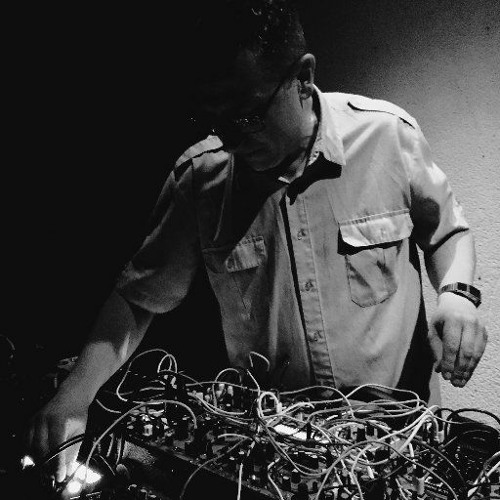

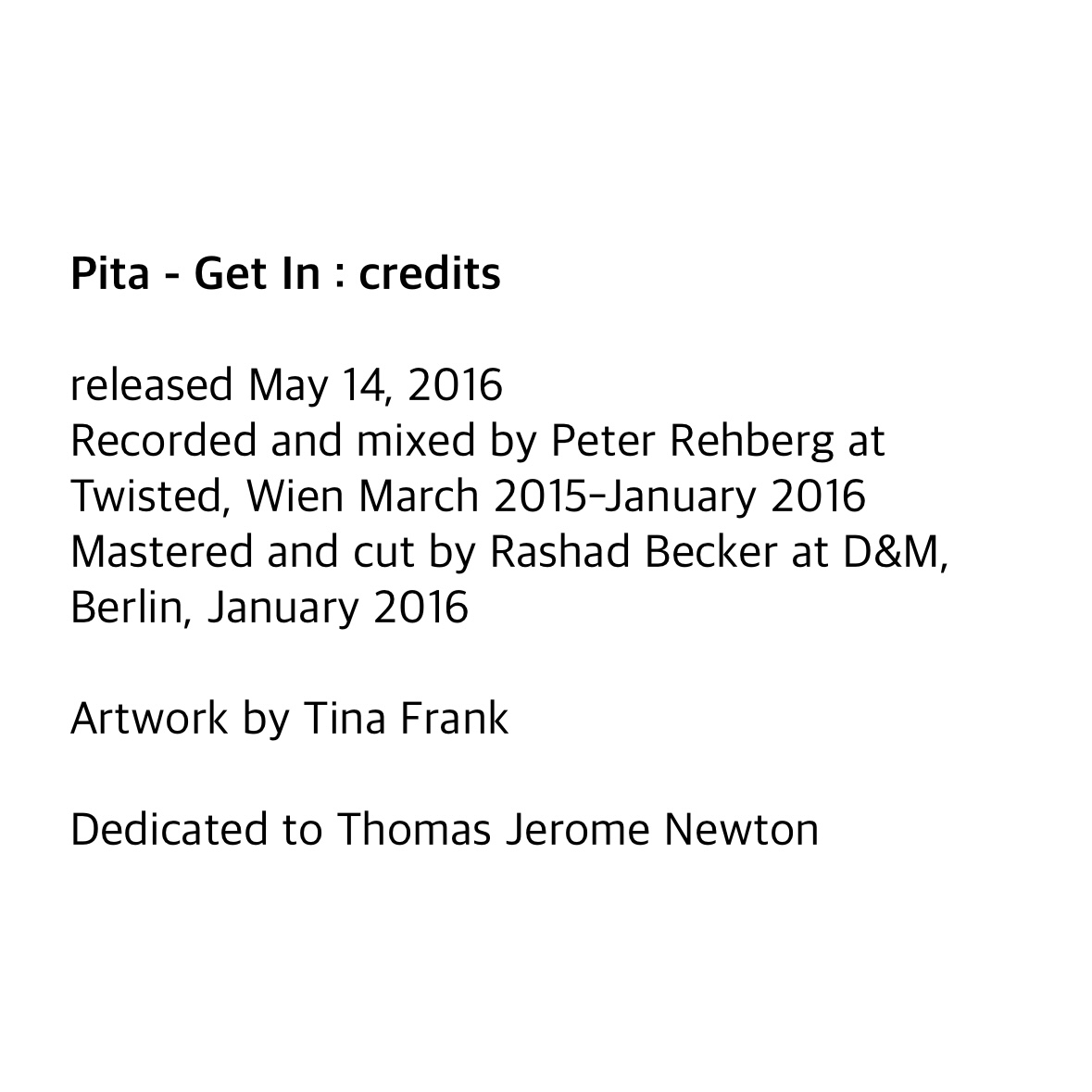
Pita - Get In
— A Condition of Sensation Resonating Beyond Order
Peter Rehberg, known by his alias Pita, is remembered as one of the most radical yet pivotal figures in the trajectory of experimental electronic music since the 1990s. He was an artist who refused to be confined by the term "noise," a composer and curator who constantly contemplated the materiality of sound, the boundaries of sensation, and the fissures of existence.
Born in London and later settling in Vienna, Rehberg held a deep skepticism towards the industrial tendency to classify and standardize music into genres. To him, a genre was nothing more than a "little shoebox," and he believed sound should not be confined within it.
His work consistently focused on the physicality and instability of sound itself, and the resulting psychological ruptures in the act of listening. His music is often summarized as "half improvisation, half chaos." This approach was not a random outcome but a compositional experiment designed to make the listener perceive the boundaries of sensation anew within an unpredictable flow.
Furthermore, through the label Editions Mego, which he co-founded and ran from 1995, he orchestrated a listening ecosystem with numerous contemporary artists who pursued radical experimentation. The label has functioned as a platform sharing an uncompromising attitude towards sound rather than a specific aesthetic.
In particular, Get In, his first solo album in 12 years released on Editions Mego, garnered attention for its denser sound composition and contemplative rhythm. Unlike his earlier works, which were characterized by explosive energy, this album delves into "the time of listening" itself through repetition, delay, long silences, and sudden fractures.
Through a modular synth and hardware-based approach, he moved beyond the order of the computer screen to create an intuitive and non-representational field of listening. Within it, we may confront the fleeting moments of sound's emergence and disappearance, moments of tension that no structure can contain.
Peter Rehberg presented music not as a symbol for conveying specific emotions or messages, but as a condition of existence that questions the act of listening itself. His legacy resides not merely in his records or sounds, but in his method of fundamentally re-examining the act of listening.
A Listening Proposal from Tilt
In August, Tilt explores the "Structure of Sensation" through three keywords: "Infrathin," "Sublime," and "Simulacra."
While Peter Rehberg's music lies at the intersection of these three concepts, his sound, in particular, begins at the threshold of imperceptible sensation that "infrathin" describes.
The nearly inaudible ruptures, the minute vibrations, and the ambiguous gap between sound and silence do not permit the listener familiar structures or emotions, forcing a realignment of the flow of sensation.
Through the work Get In, we are made to confront the absence of sound, to endure the gaps in our senses, and from there, to rethink how listening operates.
This album is not merely a time for listening to music, but can be a quiet training—an act of momentarily pausing at the entrance of sensation and detecting the tension that lies beyond that entrance.
Pita – Get In
Release Date: May 14, 2016
7 tracks, 41 minutes
- Fvo
- 20150609 I
- Aahn
- Line Angel
- S200729
- 9U2016
- Mfbk
#Tilt_Phonic_Cycle
The albums currently being introduced are played sequentially within the Phonic Cycle, a sound curation program in our space, during Tilt's August theme period. The listening experience is arranged differently each day at every hour, leading to a new sensory experience daily.
'PHONIC CYCLE~' 카테고리의 다른 글
| Infrathin · Sublime · Simulacra : LCC – Bastet [2017] (4) | 2025.08.06 |
|---|---|
| Infrathin · Sublime · Simulacra : Chra – on a fateful morning [2017] (2) | 2025.08.06 |
| PHONIC CYCLE~ : INFRATHIN · SUBLIME · SIMULACRA [AUGUST 2025] (3) | 2025.08.01 |
| PHONIC CYCLE~ : UNMAPPED RHYTHMS #1-25 [EN] (1) | 2025.06.15 |
| PHONIC CYCLE~ : UNMAPPED RHYTHMS #1-25 [KR] (7) | 2025.06.10 |












































































































